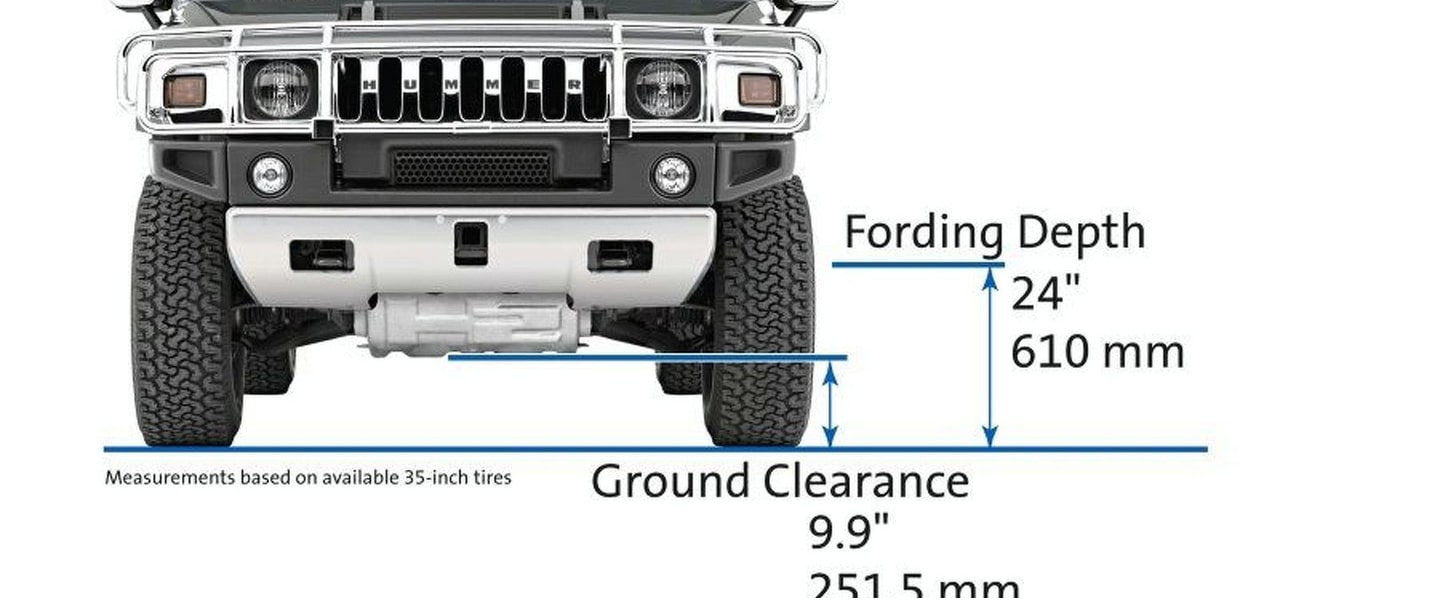Car ground clearance and why it matters

Explore how the often-overlooked aspect of car ground clearance plays a pivotal role in enhancing your driving experience and vehicle safety.
Defining Car Ground Clearance and Its Role in Vehicle Dynamics
Car ground clearance refers to the minimum distance between the lowest point of a vehicle's chassis and the ground. It is a crucial factor that affects a vehicle's capability to navigate various surfaces without scraping or damaging its undercarriage. The role of ground clearance in vehicle dynamics is multifaceted, influencing aspects such as ride quality, handling, and the ability to overcome obstacles. A higher ground clearance allows for a smoother ride over rough terrain, while a lower ground clearance generally provides better handling and stability at high speeds due to a reduced center of gravity.
Understanding the balance between ground clearance and vehicle dynamics is essential for manufacturers and consumers alike. It dictates how a vehicle can be used and what types of terrain it can confidently traverse. Whether it's the rugged demands of off-road adventures or the need for aerodynamic efficiency on the highway, ground clearance plays a pivotal role in defining a vehicle's character and capabilities.
How Ground Clearance Affects Your Vehicle's Performance and Safety
Ground clearance is not just about the ability to avoid scraping the bottom of your car; it has significant implications for performance and safety. Vehicles with higher ground clearances can navigate potholes, speed bumps, and off-road terrain with less risk of damage. This factor is particularly important for SUVs and trucks that are designed for versatility and durability. On the other hand, sports cars with low ground clearance offer better performance at high speeds due to their lower center of gravity, which enhances grip and reduces body roll.
Safety is another aspect affected by ground clearance. In the event of a collision, the ground clearance can influence the point of impact and potentially the severity of an accident. Additionally, vehicles with appropriate ground clearance for their intended use are less likely to suffer from mechanical damage during everyday driving, which can help prevent accidents caused by equipment failure.
The Best Ground Clearance for Different Driving Conditions
Determining the best ground clearance is highly dependent on the driving conditions a vehicle will face. For city driving, a moderate ground clearance is typically sufficient to handle road irregularities while maintaining good handling characteristics. In contrast, for off-road driving, a higher ground clearance is necessary to navigate rough terrain without damaging the vehicle's undercarriage.
Seasonal changes can also dictate the appropriate ground clearance. In areas with heavy snowfall, a higher ground clearance can prevent the vehicle from becoming stuck in snowdrifts. Meanwhile, in regions prone to flooding, a vehicle that sits higher off the ground can more safely traverse waterlogged roads. Ultimately, the best ground clearance is one that matches the driving challenges you expect to encounter while balancing the need for comfort and performance.
Tips for Maintaining Optimal Ground Clearance
Maintaining optimal ground clearance is key to ensuring your vehicle performs as intended. Regularly inspect your vehicle's suspension system for signs of wear and tear, as worn components can lead to decreased ground clearance. Additionally, be mindful of the load your vehicle carries; excessive weight can compress the suspension, reducing clearance. Modifications should also be considered carefully; if you plan to alter your vehicle's ground clearance, ensure it's done professionally to maintain safety and handling characteristics.
It's also important to choose the right tires for your vehicle and driving conditions. Tires that are too large or small can affect ground clearance and overall vehicle dynamics. Lastly, if you frequently drive over rough terrain, consider adding protective components such as skid plates to shield the undercarriage from damage, which can help maintain ground clearance over the lifespan of the vehicle.
Trends and Innovations in Vehicle Design
The future of ground clearance in vehicle design is pointing towards adaptability and innovation. Manufacturers are developing technologies such as adjustable air suspensions that allow drivers to alter ground clearance with the push of a button, adapting to different driving conditions. Electric vehicles (EVs) present new opportunities for ground clearance design, as the flat battery packs enable a more consistent ride height while still protecting critical components.
In the realm of autonomous vehicles, ground clearance will continue to play a significant role. These vehicles must be equipped to handle a variety of environments, and adaptable ground clearance could be key to their versatility. As we move towards a more connected and automated future, the importance of ground clearance in vehicle design will remain a relevant and evolving subject in the automotive industry.

 Loading..
Loading..